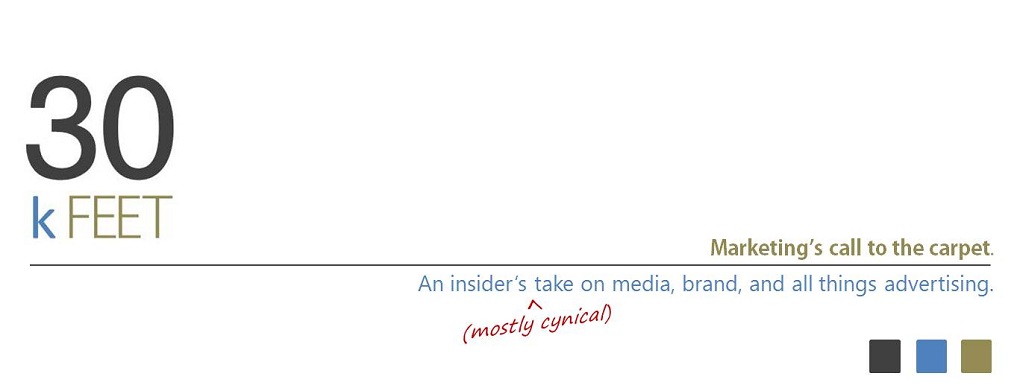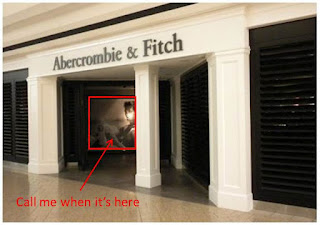 |
Ooh, la, la! |
Abercrombie was THE must-have brand if you were to have any
chance of being popular. No longer the case, from what I can gather with my
limited exposure to today’s teens in-the-know.
Losing Their Mojo…
So Abercrombie killed their catalog in 2002 after four states threatened legal action over its lewd
content. And although in-store advertising continued to feature scantily clad
20-somethings with perfectly chiseled bodies, much of the publicity and chatter
around the brand died with Quarterly.
Aside from the occasional mild drama that arose from t-shirts
with double-entendres gone too far, the brand faded into the background.
Why Abercrombie holds
far less clout on today’s playground:
I blame a product/demographic miss-match. Teenagers buy
clothes based on trend - what’s new and now. Abercrombie designs clothes based
on building an enduring, iconic brand – consistent and unchanged. So while
competing teen clothiers like Express,
Forever 21 and the like stay afloat by capitalizing on quick-moving fads,
Abercrombie spits out more of the same. They are the Ralph Lauren of teen apparel and that’s simply not how teens like
to buy clothes.
But, there are certain universals that never go out of style
– especially with rebellious teens.
Sex and controversy
always sells (and Abercrombie & Fitch
needs all the sales it can get).
And so, A&F returns to the scene – bar rose. We’ve been
teased for years with homoerotic images and now finally, Abercrombie is injecting
a little male-on-male romance into one of its marketing campaigns.
“Other Sports Require
One Ball” is a video campaign shot by famed photographer Bruce Weber, (view the ad here).
Although I doubt images from this shoot will ever grace the
larger-than-life frame that sits at the front of each A&F outlets, it is
great to see the brand giving a bit of a nod to the lifestyle of so many store
regulars.
It only took year-after-year of same-store declining sales
and a bout with irrelevancy, but we’ll take it. :)

















